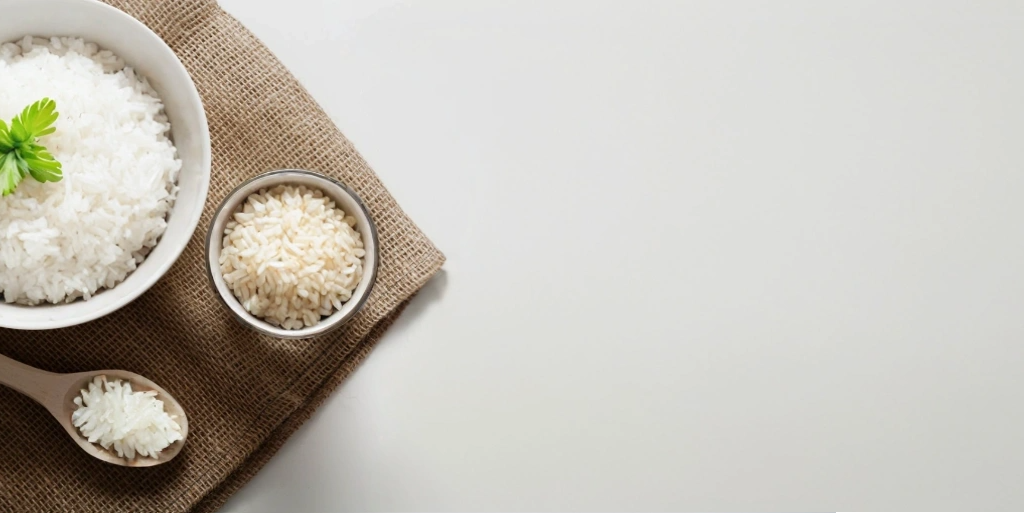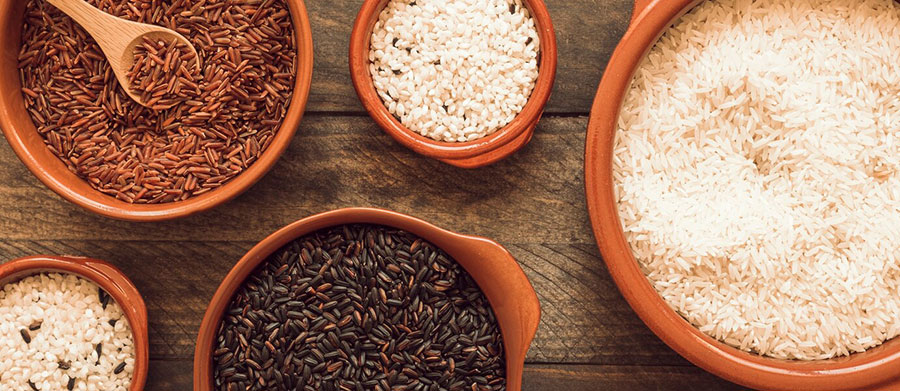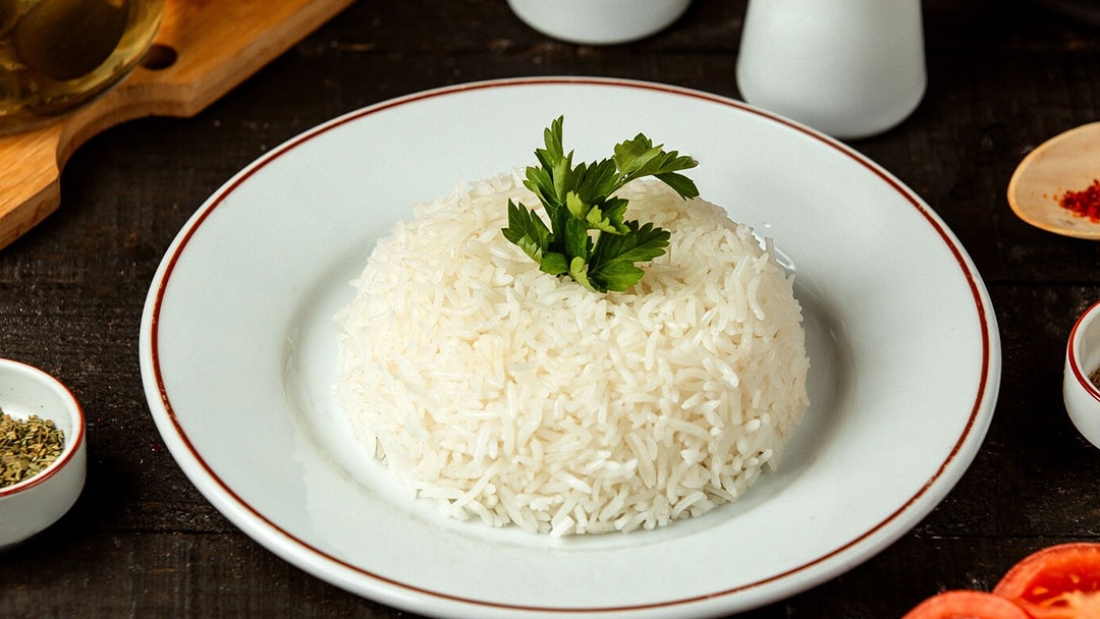Rice is a staple food in many cultures worldwide, providing a rich source of energy and essential nutrients. However, if you’re following a low-carb diet, you might be concerned about whether you can still incorporate rice into your meals without exceeding your carbohydrate limit. While traditional rice varieties, such as white and brown rice, are naturally high in carbohydrates, there are several strategies to enjoy rice while staying within your dietary goals. These include opting for low-carb alternatives like cauliflower rice or shirataki rice, adjusting portion sizes, or choosing specific types of rice that have a lower glycemic impact. By making mindful choices, you can still savor the texture and flavor of rice without compromising your low-carb lifestyle.
Is Rice High in Carbs?
Yes, rice is a high-carb food, making it less suitable for a strict low-carb or keto diet. Here’s a quick comparison of carbohydrate content per 100 grams of cooked rice:
- White rice (cooked) – 28g of carbs
- Brown rice (cooked) – 25g of carbs
- Wild rice (cooked) – 21g of carbs
- Cauliflower rice – 5g of carbs
If you’re on a moderate low-carb diet (50–150g carbs per day), you can include small portions of rice strategically.
How to Eat Rice on a Low-Carb Diet
Control Your Portions
Instead of having a full plate of rice, limit your portion to ¼ to ½ cup per meal and balance it with high-protein and fiber-rich foods.

Choose Resistant Starch Rice
When cooked rice is cooled for at least 12 hours, its resistant starch content increases. Resistant starch is a type of carbohydrate that resists digestion in the small intestine, functioning more like fiber. This process not only slows digestion but also helps regulate blood sugar levels by reducing the rapid spikes that typically occur after eating high-carb foods. As a result, consuming cooled or reheated rice may have a lower glycemic impact, making it a better option for those managing blood sugar levels or following a balanced diet.
Mix Rice with Low-Carb Alternatives
- Cauliflower rice: A great low-carb substitute that can be mixed with small amounts of real rice.
- Shirataki rice (Konjac rice): Contains almost zero carbs and calories, making it a good alternative.
- Quinoa or lentils: While not zero-carb, they have a lower glycemic index and provide more protein and fiber.

4. Opt for Brown or Wild Rice
Brown rice and wild rice have more fiber and nutrients compared to white rice, which can help slow carbohydrate absorption and keep you full for longer.
5. Pair It with Protein and Healthy Fats
Adding chicken, fish, eggs, or avocado to your meal can help stabilize blood sugar levels and reduce cravings.
Should You Completely Avoid Rice?
Not necessarily! If you follow a strict low-carb or keto diet, it’s best to avoid rice or replace it with low-carb alternatives. However, for a moderate low-carb lifestyle, small, mindful portions can be included.
Final Thoughts
Rice can be part of a low-carb lifestyle if you eat it mindfully. The key is to watch your portions, choose healthier versions, and balance your meal with protein and fiber. If your goal is weight loss or blood sugar control, experimenting with resistant starch rice or low-carb alternatives can be a great way to enjoy the taste of rice without breaking your diet. Do you enjoy rice on your low-carb diet? Share your thoughts in the comments!


Leave A Comment